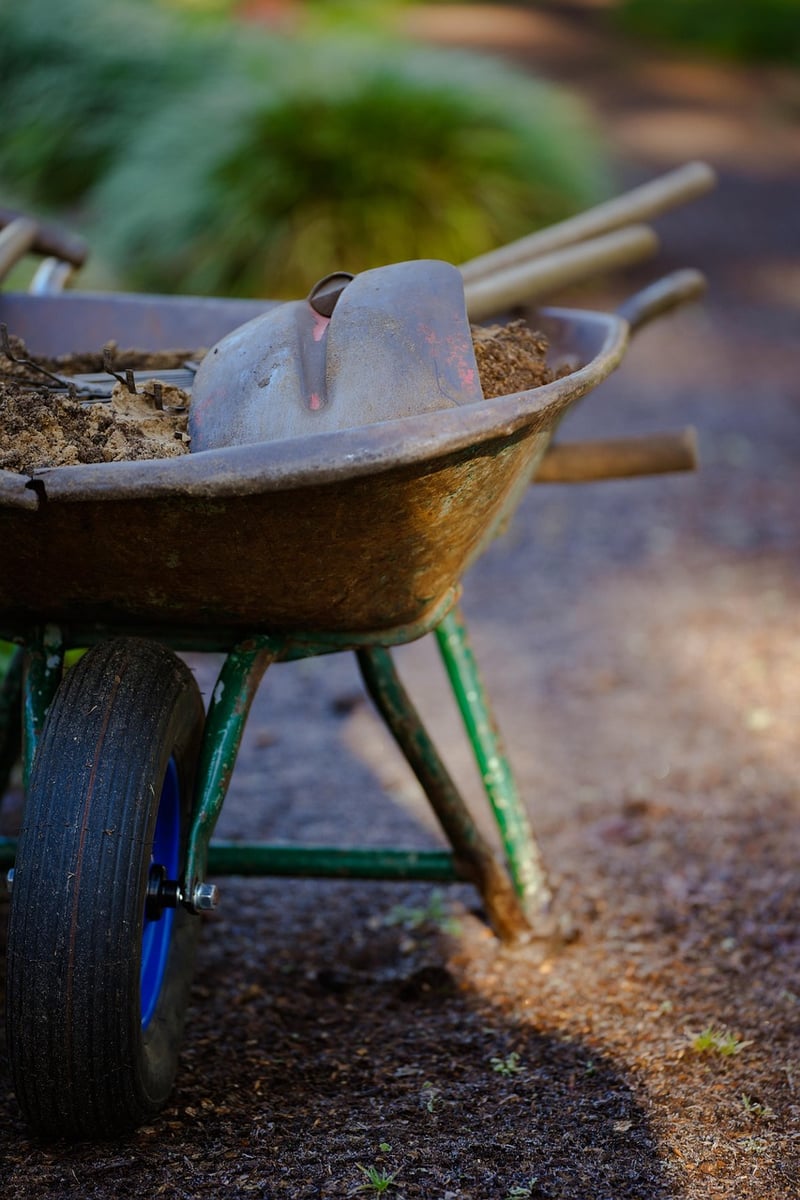Seed Saving Techniques
Maximizing Your Yields + Seed Saving Techniques
Whether you are a seasoned gardener or just starting out, maximizing your yields and learning seed-saving techniques can help you save money, preserve heirloom varieties, and become more self-sufficient in your gardening endeavors. Here are some tips to help you get the most out of your garden.
1. Crop Rotation
Rotate your crops each season to prevent the buildup of pests and diseases in the soil. Different plants have different nutrient needs, so rotating them helps maintain soil fertility and overall plant health.
2. Companion Planting
Planting certain crops together can help improve growth, deter pests, and enhance flavor. For example, planting marigolds alongside tomatoes can help repel nematodes and other harmful insects.
3. Mulching
Applying mulch around your plants helps retain moisture, suppress weeds, and improve soil structure. Organic mulches like straw, leaves, or compost also break down over time, adding nutrients to the soil.
4. Watering Wisely
Provide your plants with consistent watering, especially during hot and dry periods. Water deeply and less frequently to encourage deep root growth and drought tolerance.
5. Seed Saving Techniques
Seed saving is a cost-effective way to preserve plant varieties and ensure a continuous supply of seeds for future planting. Here are some basic seed-saving techniques:
a. Choose the Best Plants
Select plants that exhibit the characteristics you desire, such as flavor, size, or disease resistance, for seed saving.
b. Harvesting Seeds
Allow seeds to fully mature on the plant before harvesting. Collect seeds from healthy, disease-free plants for the best results.
c. Drying and Storing Seeds
Air-dry seeds thoroughly before storing them in a cool, dry place. Label and date your seeds for easy identification in the future.
d. Seed Viability
Regularly test the viability of stored seeds by conducting germination tests. Properly stored seeds can remain viable for several years.
Conclusion
By implementing these tips for maximizing your yields and learning seed-saving techniques, you can enhance the productivity of your garden while preserving plant diversity for future generations. Experiment with different methods to find what works best for your specific growing conditions and enjoy the rewards of a bountiful harvest.

Image Source: Pixabay
